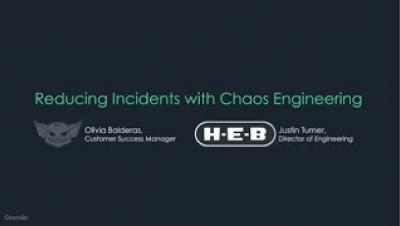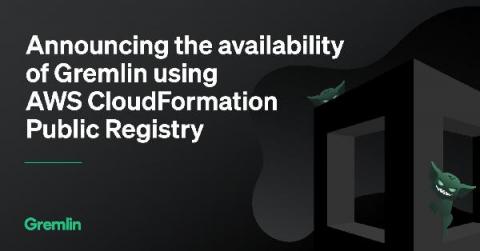Operations | Monitoring | ITSM | DevOps | Cloud
Chaos Engineering
PD Summit21: Responding to Chaos with Gremlin and PagerDuty
When Disaster Strikes: Ensuring Your DRP Actually Works
SRE's Guide to Chaos & Observability
Building Reliable Applications Webinar 6 17 21
Podcast: Break Things on Purpose | Taylor Dolezal, Senior Developer Advocate at HashiCorp
In this episode of the Break Things on Purpose podcast, we speak with Taylor Dolezal, Senior Developer Advocate at HashiCorp.
Self-service reliability with Internal Developer Platforms and Chaos Engineering
Get started with Gremlin's Chaos Engineering tools to safely, securely, and simply inject failure into your systems to find weaknesses before they cause customer-facing issues. Up until the early 2000s, developers and Ops (at the time IT) had separate and often competing objectives, separate department leadership, separate key performance indicators by which they were judged, and often worked on separate floors or even separate buildings.
Podcast: Break Things on Purpose | The Hill You'll Die On
In this episode of the Break Things on Purpose podcast, we ask our guests for their strong opinions.
Announcing the availability of Gremlin using AWS CloudFormation Public Registry
Get started with Gremlin's Chaos Engineering tools to safely, securely, and simply inject failure into your systems to find weaknesses before they cause customer-facing issues. We’re excited to announce that Gremlin is available on AWS CloudFormation Public Registry.










